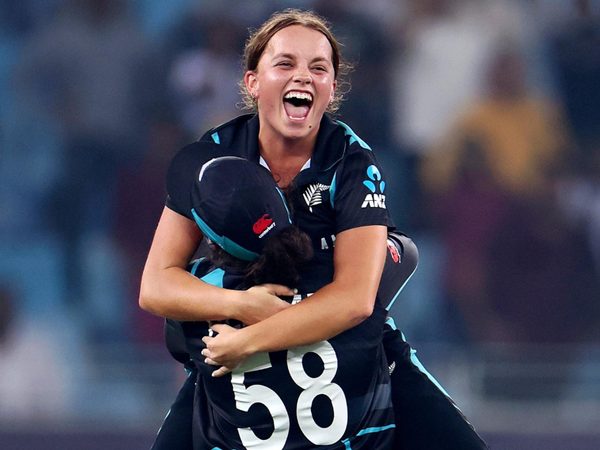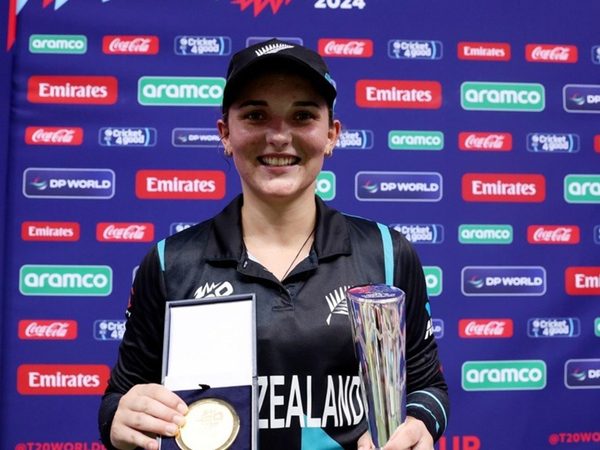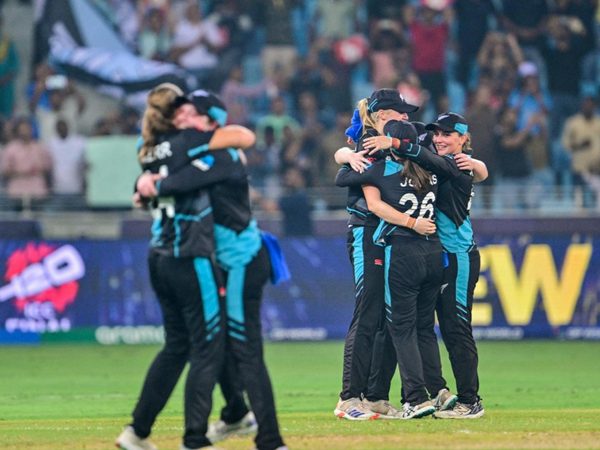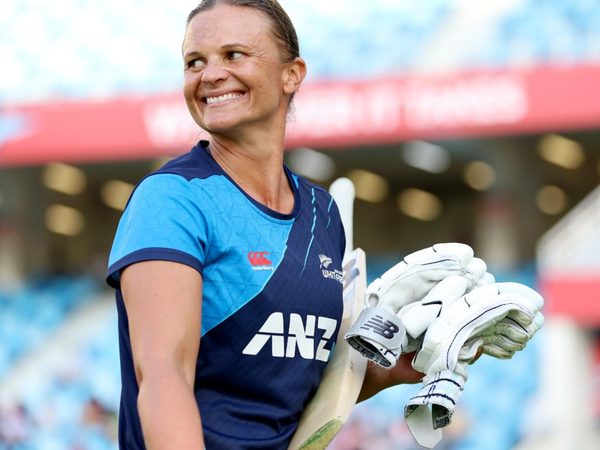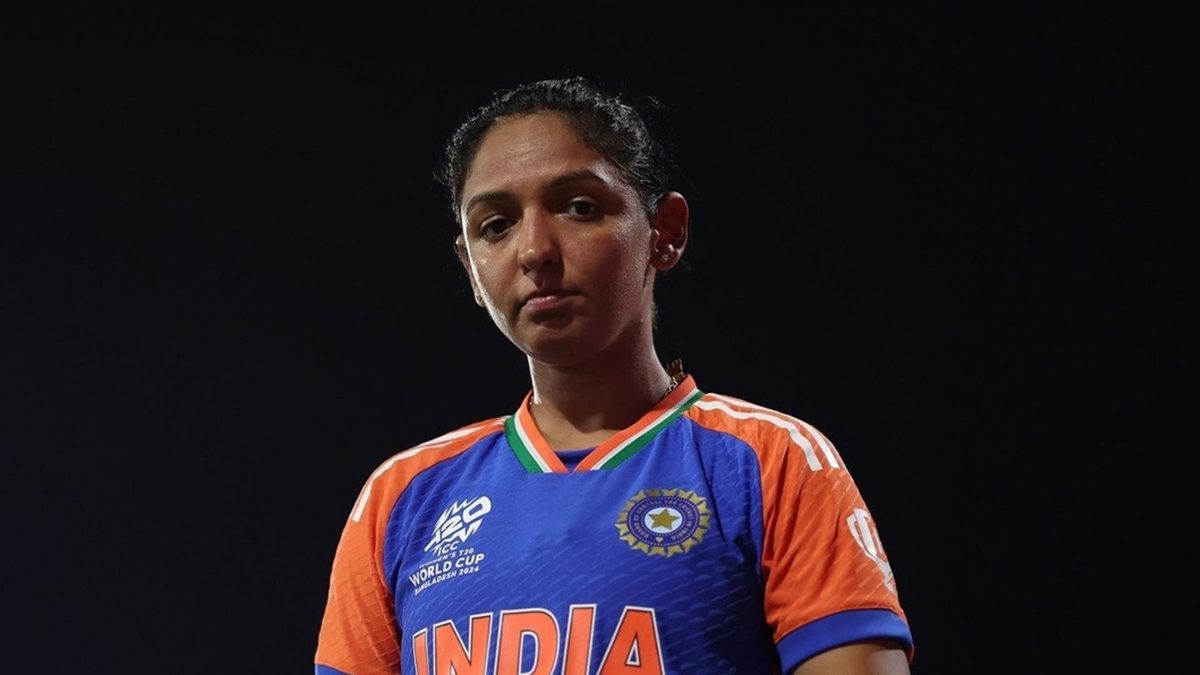
It is time the Indian selectors moved on from Harmanpreet Kaur as T20I captain in the aftermath of the side’s group-stage exit at the 2024 T20 World Cup, writes Abhishek Mukherjee.
India’s underwhelming outing at the 2024 T20 World Cup cannot be reduced to a defeat against Australia, a side that would have beaten most sides on most days. India were stunned by New Zealand, who were coming into the World Cup on the back of a streak of ten consecutive defeats. They were too cautious against Pakistan, a match where they could have – should have – looked to boost their net run rate. Instead, they did not hit a single boundary inside the powerplay while chasing 106.
India’s effort against Pakistan turned out to be inconsequential in the end, for they lost to New Zealand on points – but India did not know it back then. Had Pakistan held their catches in their last game, India might have been through on net run rate despite winning only twice. Hours after India crawled to a win against Pakistan, the West Indies were unperturbed even after becoming 59-4 in their pursuit of 100 against Scotland: they romped home inside 12 overs, improved their net run rate, and eventually pipped England to qualify for the semi-finals.
Even if one discounts the New Zealand defeat as one bad day on the field, India’s approach against Pakistan can hardly be justified. It was not the only time India were defensive in the tournament, either.
“When Deepti [Sharma] and I were batting, that time we were not able to utilise a few loose balls,” admitted captain Harmanpreet Kaur after India’s defeat against Australia. “We could have controlled the boundaries.”
Australia, arguably the greatest across-gender, across-format international team the sport has known, would probably have won anyway. They did not even need to be at full strength to win. They were without captain, keeper, and talismanic batter Alyssa Healy, as well as fast bowler Tayla Vlaeminck. Even after that, they won without stand-in captain Tahlia McGrath, Ellyse Perry, or Grace Harris having to bowl a single ball.
While all that is true, India’s defensive approach contributed to the outcome of the game. India took the safe route, keeping wickets in hand, backing themselves to pull off a final onslaught – but predictably turned out to be no match for Australia’s exceptional death bowlers.
There is little question over the ability of the cricketers. On their day, several Indian batters are capable of taking most attacks apart. What let them down was their approach. And it was not a first.
A familiar pattern
At the 2018 T20 World Cup semi-final, India had kept the onslaught for too late, reaching 89-2 in the 14th over. They crashed to 112 and were knocked out. In the 2022 Commonwealth Games final, India were 118-2 in the 15th over while chasing 162. In the 2023 T20 World Cup semi-final, they were 133-4 in the 15th over in pursuit of 173. This time, they needed 152, and were 110-3 in the 16th. The 2020 final was, of course, a one-sided thrashing from the onset.
The first of these was against England. The rest, against Australia. In each of these chases, a partnership (some quicker than the others) was followed by a frenzied collapse and a defeat. India were better placed in some of these than in the others, but all of them followed a pattern – of a safety-first approach, of keeping wickets in hand for the end.
Kaur’s post-match quotes from 2024 would not have been out of place after any of these matches.
In India, pundits and fans expect heads to roll after an ordinary outing at a World Cup. The captain predictably faces more scrutiny than the rest of the team. These reactions are often impulsive, but if four defeats in four must-win matches in four consecutive tournaments in the same format follow a pattern, something is wrong with the approach, the mindset of the team.
That brings us to an obvious question: should India retain the captain, who had been in charge in each of the four games?
Is it time for Harman to go?
The Indian captain cut a forlorn figure after her team bowed out of the T20 World Cup at the group stage. “In big events, it is very important to be consistent in the departments where you are doing well,” she said. “As a fielding unit, we were inconsistent. When we thought we were squeezing them for runs, we let down ourselves with slip-ups through boundaries.”
While she continued to lead in ODIs and the quasi-existent Test matches, India had a new captain when they played their next match in the format. All this transpired in 2016, which marked the end of Mithali Raj’s stint as T20I captain. There are speculations – unsubstantiated, of course – that Kaur, her successor, may face the same now, after India’s first group-stage exit since 2016.
Not for the first time in her career, Kaur raised her game at the World Cup and was probably India’s best batter at the tournament, putting – for now, at least – the questions over her place as a batter to rest. Now 35, she may have one, perhaps even two more T20 World Cups left. There is no reason to doubt that the “Harmonster” would be unleashed at the big stage again.
But ideally under a new captain.
“I feel that in the last two-three years, I’ve not really seen any growth in this team,” Raj told PTI after India’s exit from the 2024 edition. “It seems like we are saturated in the sense we are beating other teams, and we are pretty happy in that. Every other team has shown growth despite limited depth, a case in point being South Africa. We have not.”
One can see Raj’s point. India have really not evolved as a T20I side over the years. They have continued to beat the same sides in the league stages before falling short against a major team later in the tournament. True, they have beaten Australia twice, but they have also lost to them in 2020, 2022, and 2023 – and on numerous occasions in bilateral series.
This is not to say that a change at the top will change the Indian T20I side overnight. That will take years to happen. But with two years to go for the next edition and with the same course of events playing out after eight years and no silverware to show in between, it is time for a change.
As an astonishing strokeplayer, Kaur had breathed fresh air into the Indian T20I unit. “India’s first proponent of modern power batting in women’s cricket,” Karunya Keshav wrote of her in the Wisden Almanack. As captain, she took early bold calls by leaving out Raj in 2018, by backing a spin-heavy attack in a T20 World Cup in Australia in 2020. If Raj had elevated women’s cricket in India from the amateur period to a professional era, Kaur – the first Indian with a franchise league contract – became the face of that new generation.
But now, it is time for India to move on. For that, the selectors need not look beyond the list of captains to have won the Women’s Premier League: Smriti Mandhana, who succeeded Kaur on that chart, has impressed whenever Kaur has been unavailable as national captain.
Or, perhaps, as Raj recommended, a younger candidate like the 24-year-old Jemimah Rodrigues.
Follow Wisden for all cricket updates, including live scores, match stats, quizzes and more. Stay up to date with the latest cricket news, player updates, team standings, match highlights, video analysis and live match odds.

